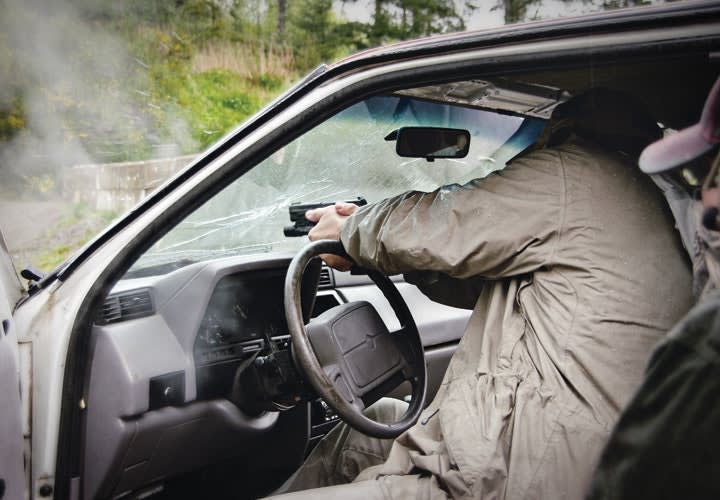Sometimes it just flat out sucks to be a cop. You are always behind the curve. That means you may be close to the threat, you may not. There may be cover, there may not be. You may have time, you may not. It may be more lethal to go to cover than to advance on the threat. If it were always the same it would be easy, but it isn't. To quote Clint Smith, "A gunfight is not what you make it, it simply is what it is."
How well you are able to deliberately act once that fight starts will determine how it ends. Training you to win gunfights means you need to be taught to act and you need to be given the tools necessary to act given any situation.
Is it inappropriate for you to be trained to seek cover to reload? Of course not. But I think your trainers are presenting you with problems if they train you to "always" seek cover to reload.
And don't use shooting competitions for examples of how you should be trained to shoot in combat. Shooting competitions are games. They have rules, and you can make all the rules you want. That is great, I play the games too and love them. But it is important to recognize that shooting competitions are games where you test your skills and have fun. Not all of them are realistic, nor are the tactics necessarily viable in a fight.
Law enforcement training is about gunfighting, not games. There is no timer, no rules, and the winner is breathing and the loser often is not. I prefer to win the fight and discuss tactics afterwards.












